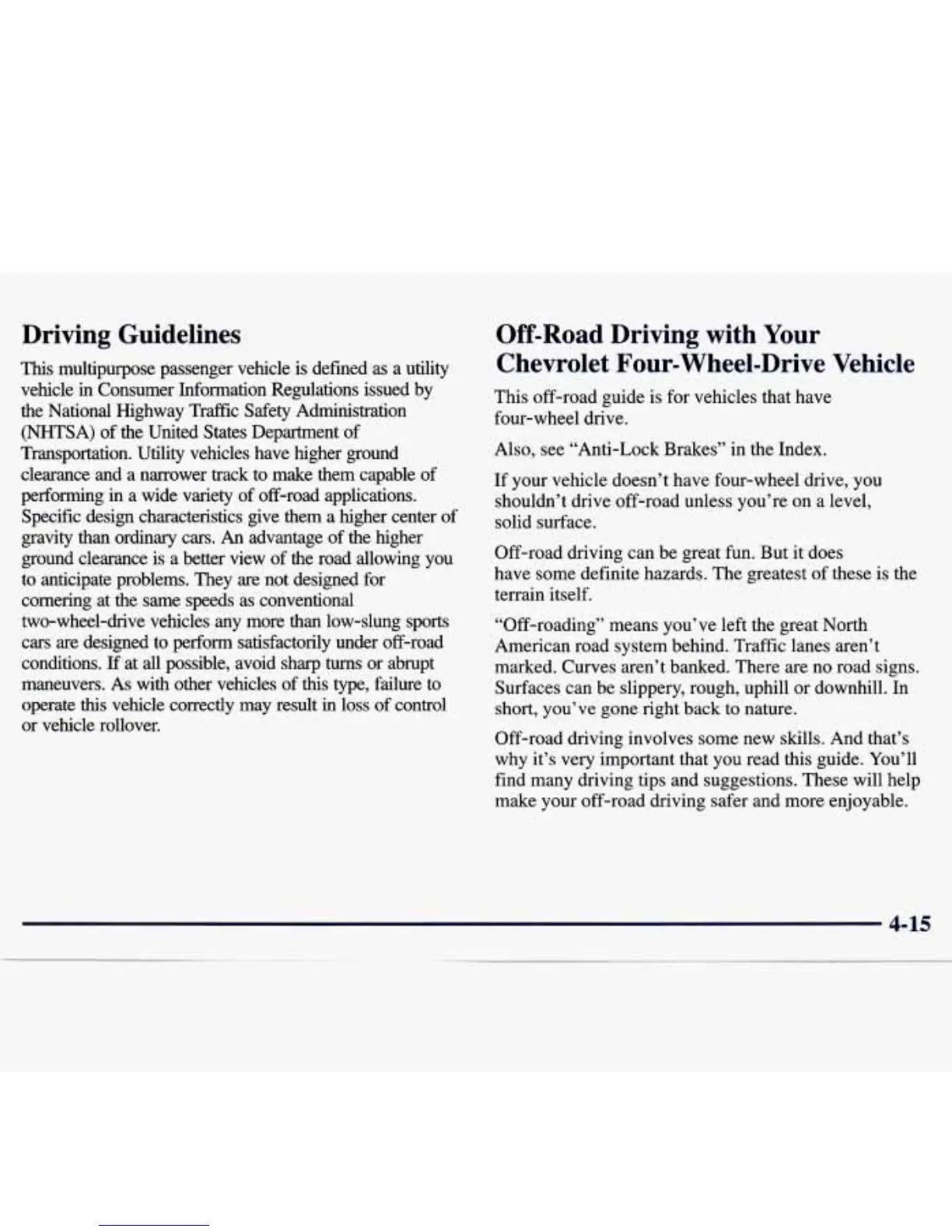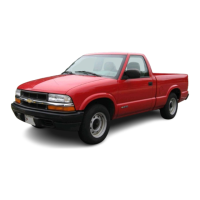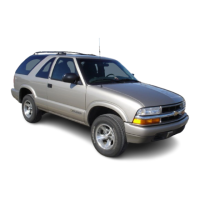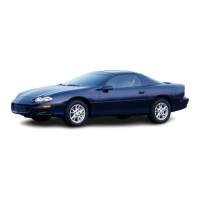Driving Guidelines
This
multipurpose passenger vehicle is defined as a utility
vehicle
in
Consumer Information Regulations issued by
the National Highway Traffic Safety Administration
(NHTSA) of the United States Department of
Transportation. Utility vehicles have higher ground
clearance and a narrower track to make them capable of
performing in a wide variety of off-road applications.
Specific design characteristics
give
them a higher center of
gravity than ordinary cars.
An
advantage of the higher
ground clearance is a better view of the road allowing you
to anticipate problems. They are not designed for
cornering at the same speeds as conventional
two-wheel-drive vehicles any more than low-slung sports
cars are designed to perform satisfactorily under off-road
conditions.
If
at
all
possible, avoid sharp
turns
or abrupt
maneuvers. As with other vehicles of
this
type,
failure to
operate
this
vehicle correctly may result
in
loss
of
control
or vehicle rollover.
Off-Road
Driving with Your
Chevrolet Four-Wheel-Drive Vehicle
This off-road guide is for vehicles that have
four-wheel drive.
Also, see “Anti-Lock Brakes” in the Index.
If your vehicle doesn’t have four-wheel drive, you
shouldn’t drive off-road unless you’re on
a
level,
solid surface.
Off-road driving can be great fun. But it does
have some definite hazards. The greatest of these is the
terrain itself.
“Off-roading” means you’ve left the great North
American road system behind. Traffic lanes aren’t
marked. Curves aren’t banked. There are
no
road signs.
Surfaces can be slippery, rough, uphill or downhill. In
short, you’ve
gone
right
back
to
nature.
Off-road driving involves some
new
skills. And that’s
why it’s
very
important that you read this guide. You’ll
find many driving tips and suggestions. These will help
make your off-road driving safer and more enjoyable.
